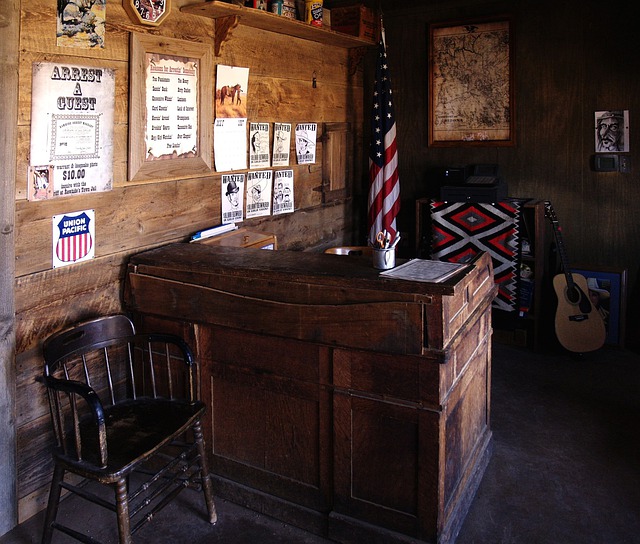
In Uncertain Times, Nonprofits Must Keep Up With Legal Compliance
04.11.2025 | Linda J. Rosenthal, JD

“The IRS is not the only sheriff in town,” wrote Notre Dame law professor Lloyd Hitoshi Mayer in 2016. “Especially for charities, state regulators have the authority and willingness to pursue wrongdoing.”
In The Rising of the States in Nonprofit Oversight (August 11, 2016) The Nonprofit Quarterly, this distinguished nonprofit law expert explained an emerging phenomenon; that is, “…the growing sophistication and cooperation of state nonprofit regulators.” His article was included as part of the summer 2016 edition of The Nonprofit Quarterly magazine titled “The New Nonprofit Regulatory Environment: What You Should Know.”
Specifically, Professor Mayer lauded a recent “…extraordinary development.” In May 2015, all fifty states, the District of Columbia, and the Federal Trade Commission joined in filing a civil lawsuit against four charities and their operators for defrauding more than $187 million from donors. Within just one year, they prevailed. The result: the defendant-charities and their principal officers surrendered substantial assets, agreed to dissolve the organizations, and acquiesced in lifetime bans on fundraising or managing charities and charitable assets. “While the dollar amount was staggering,” he observed, “the most unusual aspect of the lawsuit was the incredible level of cooperation among state nonprofit regulators.”
The authority of state attorneys general over charities and charitable assets dates back to colonial times; indeed, even earlier to the landmark Statute of Charitable Uses of 1601 enacted by the English Parliament. See Restatement of the Law, Charitable Nonprofit Organizations, (2021) Sec. 5.01.
The Sixteenth Amendment, ratified in the early twentieth century, paved the way for a federal income tax and the evolution of definitive tax exemptions and rules codified in the Internal Revenue Code. Over the decades, the federal tax agency loomed larger and larger in the oversight of the nation’s charitable organizations. Conversely, for much of that time, state oversight of charities and charitable funds and assets retreated.
An important catalyst for awakening charity regulators at all levels of government was the series of high-profile business scandals including Enron that erupted in the early 2000s. Although they involved multi-national for-profit businesses, the concerns triggered a closer look at the nonprofit sector.
Since then, many state regulators and lawmakers “… have been working hard to review and improve their laws and procedures governing nonprofits, as well as increase efforts to reach the regulated community and those who advise that community.” Among these achievements were passage of California’s Nonprofit Integrity Act of 2004 and New York’s Nonprofit Revitalization Act (2013).
This same catalyst also spurred the Treasury/IRS to action; most notably, in the overhaul and strengthening of the Form 990 in 2008 to make it a better tool for oversight and investigation.
But in recent years and particularly the last decade or so, the Internal Revenue Service’s exempt organizations function has been battered by dwindling budget allocations and unrelenting congressional criticism that was later determined to be unfounded. This situation sadly continues to the present day.
In his 2016 article, Professor Mayer observed that the trend of the states picking up their regulatory pace “…is fortunate for those who care about oversight of nonprofits, because it comes at a time when the Internal Revenue Service’s efforts in this area are atrophying.” He adds: “Like the IRS, they face budget pressures and competing priorities, but state regulators are showing an ability to manage these pressures through both innovation at the individual state level and coordination with other states and federal agencies at the national level. “
This recent acceleration of state efforts has made a significant change in the regulatory landscape: “For noncompliant nonprofits, there is less room to fly below the radar,” according to Professor Mayer six years ago.
The National Association of State Charity Officials (NASCO) is an association of state officials (attorneys general, secretaries of state and other offices) charged with the regulation and oversight of charitable organizations and charitable solicitation in the United States. Its “Latest News” feature highlights enforcement actions by individual member-jurisdictions.
Just in the past twelve months or so, there have been more than enough cases to persuade nonprofit organizations around the nation that they must be sure to treat compliance with their state legal obligations as seriously as they view their duties under the federal tax code.
Examples include:
California
[We reported on both cases in a recent blog post, see New Charity Enforcement by CA Attorney General (April 19, 2022).
Illinois
Massachusetts
Minnesota
New Hampshire
New York
South Carolina
There is, indeed, decidedly “less room to fly below the radar” these days. And this pattern of aggressive enforcement has deeper bite than at the federal level because the state attorneys general are not being shy about moving investigations from the civil category into criminal indictments and convictions.
– Linda J. Rosenthal, J.D., FPLG Information & Research Director
